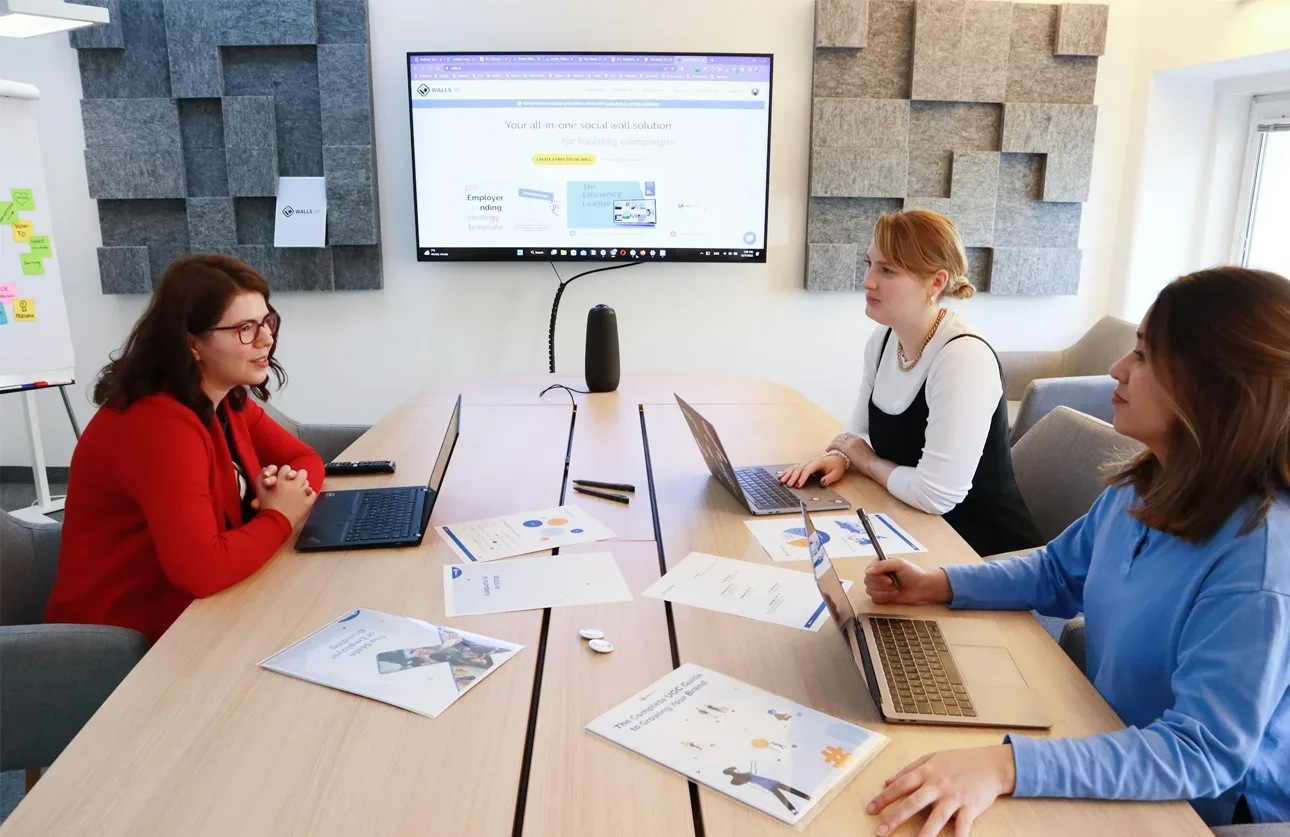Discover how augmented reality and virtual worlds are transforming education by creating immersive, interactive learning experiences that enhance student engagement and understanding.
As education systems evolve to meet the needs of a digital generation, the integration of augmented reality and virtual worlds is opening a new frontier for immersive learning. These technologies are no longer futuristic concepts but practical tools reshaping how students learn, interact, and engage with educational content. Augmented reality in particular is proving to be a powerful catalyst in bridging the gap between theoretical knowledge and real-world application.
Augmented Reality Brings Learning Materials to Life
Augmented reality overlays digital information onto the physical world, enabling students to interact with dynamic content in real-time. In subjects such as science, history, and geography, AR transforms static textbooks into interactive experiences. Students can explore the anatomy of a human body in 3D, walk through historical landmarks, or visualize molecular structures by simply scanning their devices. This ability to bring abstract concepts to life enhances comprehension and makes learning more engaging and memorable.
Virtual Worlds Create Safe, Simulated Environments for Experimentation
Virtual worlds offer a fully immersive digital space where students can learn by doing without the limitations of physical classrooms. These environments allow for the simulation of complex scenarios, such as conducting chemical experiments or navigating ancient civilizations, all within a safe, controlled setting. Students gain experiential knowledge, develop problem-solving skills, and practice collaboration in a way that traditional education methods cannot replicate. This hands-on approach fosters deeper understanding and encourages curiosity.
AR Enhances Student Engagement Through Interactivity
Traditional lecture-based learning often struggles to maintain attention spans, especially among younger audiences. Augmented reality addresses this challenge by introducing interactivity into lessons. Whether it's a quiz embedded in an AR app, a virtual puzzle, or an AR-enhanced group activity, students become active participants rather than passive observers. This heightened level of engagement leads to increased motivation, better information retention, and a more enjoyable educational experience overall.
Remote and Hybrid Learning Benefit from AR and Virtual Integration
As remote and hybrid learning become more prevalent, AR and virtual worlds offer powerful solutions to the limitations of distance education. Through AR-enabled applications and virtual classrooms, educators can simulate the physical presence of laboratory tools, historical artifacts, and even classmates. Students in different locations can collaborate in shared virtual environments, making learning both accessible and interactive regardless of geographical barriers. This level of inclusivity is crucial for modern education systems.
Personalized Learning Experiences Are Made Possible With AR Tools
Augmented reality supports personalized education by adapting to individual learning styles and paces. AR apps can track student performance and tailor content accordingly, offering additional support where needed and accelerating progress in areas of strength. This customization helps students learn at their own speed and receive the attention they need, which is especially valuable in diverse classrooms where learning needs vary widely.
Teachers Become Facilitators of Technology-Enhanced Learning
The role of educators is evolving in AR-enhanced classrooms. Instead of solely delivering content, teachers become facilitators who guide students through interactive experiences. With the help of AR tools, teachers can better illustrate complex ideas, assess student engagement, and provide real-time feedback. Professional development and training in AR applications empower teachers to harness the full potential of these tools, enriching the overall learning environment.
AR Integration Encourages Collaborative and Social Learning
Augmented reality and virtual worlds promote collaboration by enabling group projects and discussions in shared digital spaces. Students can co-create content, solve problems together, and participate in gamified educational tasks that require communication and teamwork. These activities mirror real-world collaboration and prepare students with critical interpersonal and digital literacy skills essential for future careers.
Augmented Reality Is Reshaping the Future of Education
The integration of augmented reality and virtual environments into the education sector marks a paradigm shift in how knowledge is delivered and absorbed. These technologies are making learning more engaging, inclusive, and effective. As AR continues to advance and become more accessible, it will undoubtedly become a core element of modern classrooms, preparing students not just for exams but for the challenges of the real world. The education sector stands on the brink of a transformation where learning is no longer confined to pages and screens—it becomes an experience.











